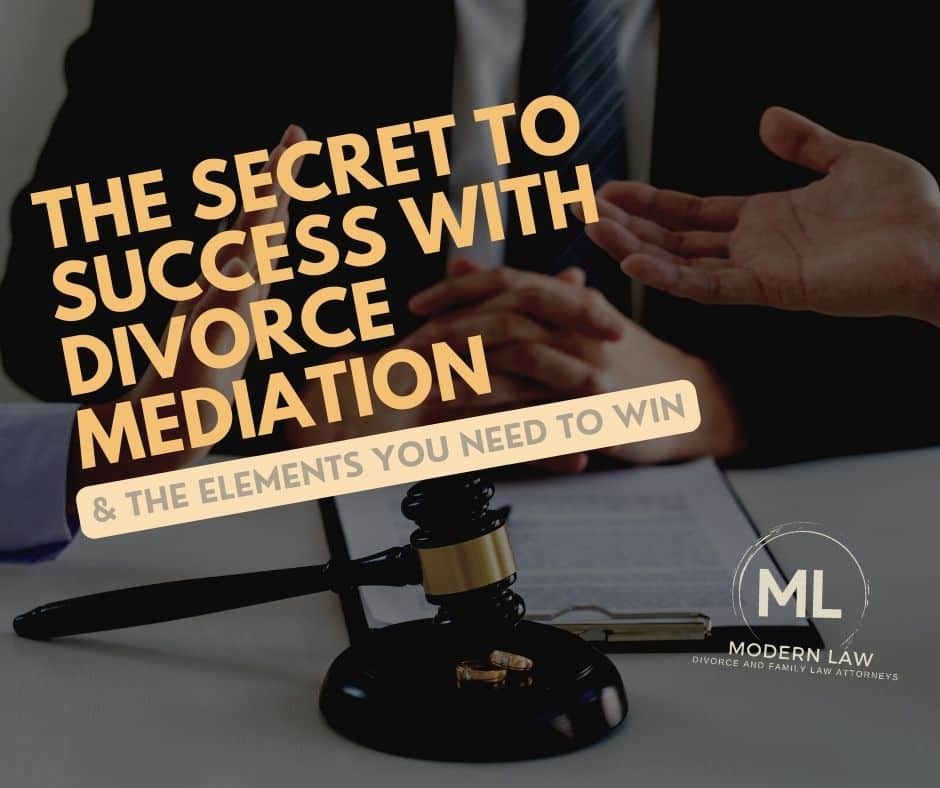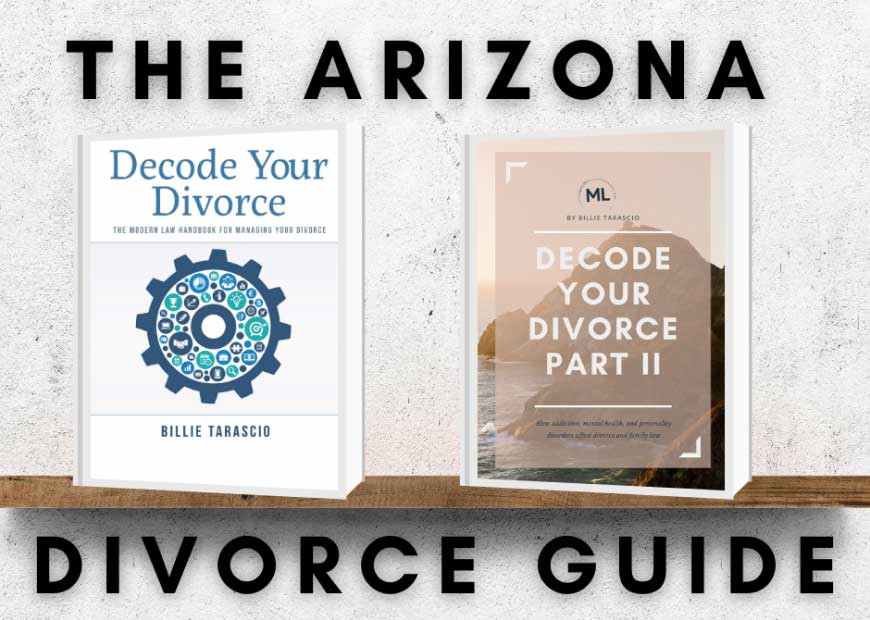Preparing for Divorce Mediation
For many couples, mediation provides a valuable alternative to lengthy and costly divorce battles. One of the best tools for making mediation a success, and protecting your interests in negotiating is to create a mediation memorandum or statement.
Preparing a Mediation Memorandum
By putting together a mediation memorandum you’re telling the other party and the mediator what your position is. Think of it as your pre-trial statement, serving as an outline to keep you organized throughout the process. This document acts as a comprehensive source for all your positions, which can include resources, and exhibits, ensuring that you have a clear and well-structured presentation during mediation sessions.
Organizing Your Positions
When preparing the mediation memorandum, you’ll have to opportunity to clearly articulate your desired outcomes, concerns, and priorities regarding various aspects of the divorce, such as child custody, asset division, spousal support, and more. By organizing your positions in a coherent manner, you can effectively convey your needs and expectations during the mediation process, helping the mediator and your spouse understand your perspective.
Gathering Resources
In addition to your positions, we advise including all relevant resources in your mediation memorandum. These resources can include financial documents, such as bank statements, tax returns, and property valuations, as well as any other relevant information that supports your claims. By presenting comprehensive and well-documented resources, you enhance your credibility and strengthen your arguments, increasing the likelihood of reaching a favorable resolution during mediation.
Compiling Exhibits
To support your positions and resources, we emphasize the importance of including exhibits in your mediation memorandum. Exhibits can include photographs, emails, text messages, or any other evidence that bolsters your case. These visual aids can be powerful tools in conveying your perspective, reinforcing your arguments, and promoting a deeper understanding of the issues at hand.
Benefits of a Mediation Memorandum
Creating a mediation memorandum not only helps you stay organized but also serves as a valuable negotiation tool. By having a well-prepared document that clearly outlines your positions, resources, and exhibits, you demonstrate your commitment to the mediation process and showcase your preparedness. This level of organization can contribute to a more productive mediation session, where you and your spouse can work towards finding mutually agreeable solutions in a collaborative manner.
Here’s an example for a mediation memorandum to help you prepare:
1. Introduction: State the purpose of the memorandum and briefly summarize the current status of the divorce proceedings, highlighting any key issues that require resolution.
2. Positions: Clearly articulate your positions and desired outcomes regarding various aspects of the divorce, including but not limited to child custody, asset division, spousal support, and any other relevant matters. Present each position in a concise and organized manner.
3. Concerns: Outline any specific concerns or challenges that need to be addressed during the mediation process. It is important to provide a detailed explanation of each concern, along with any supporting information or documentation.
4. Resources: Include a comprehensive list of resources that support your positions and concerns. These may include financial documents, such as bank statements, tax returns, property valuations, or any other relevant information that will contribute to the understanding and resolution of the issues at hand.
5. Exhibits: Compile a set of exhibits that will be presented during the mediation session. These exhibits may consist of photographs, emails, text messages, or any other evidence that bolsters your case. Each exhibit should be clearly labeled and organized for easy reference.
6. Desired Outcome: State your desired outcome for the mediation session. This can include a proposed settlement, specific terms or conditions, or any other important details that I believe would lead to a fair and reasonable resolution.






